By: Dave Vance
I waited to transfer my FamilyTreeDNA tree to MyHeritage, but when I did, I identified the line of 32 distant matches, found new connections, and uncovered my great-great-grandmother’s mtDNA haplogroup.
Ok, I’ll admit it—I was wrong. Hey, it happens.
Or maybe I’ll just say I was slow. That sounds a lot better, right?
See, I’ve been a FamilyTreeDNA customer for 20 years and a MyHeritage customer for 14 years, so I’ve had family trees on both platforms for a long time. And when the two companies announced their partnership last year, enabling a FamilyTreeDNA tree transfer to MyHeritage, I said, “Well, I’ll get to that eventually. As a long time user of both platforms, there’s no real rush for me.” So I put it off. And then put it off again.
My FamilyTreeDNA Tree Transfer Was Easier Than I Expected
I finally got around to transferring my tree. And I wish I had done it sooner.
I elected to complete my FamilyTreeDNA tree transfer to MyHeritage rather than just link the two, and it went smoothly for me. I know a small percentage of people have had technical issues with the transfer, but I also know (now from personal experience) that the two companies have worked hard to address those—so if you did have issues originally, please either try again or follow up with whichever customer service you reported the issue to. It’s worth it.
MyHeritage Offers Additional Family Tree Features That I Overlooked
When the tree integration was first announced, people talked, of course, about the additional features available at MyHeritage for family trees, such as:
- Smart Matches: Connect with relatives by finding matching individuals in other MyHeritage family trees and expand your research with shared information.
- Record Matches: Discover and verify ancestors by reviewing automatically matched historical records, such as birth, marriage, and census documents.
- MyHeritage Tree Views: Explore your family tree in multiple visual formats, including Pedigree, Fan, and List views, to better understand relationships and navigate your research more easily.
- Consistency Checker: Identify and fix potential errors in your family tree, such as incorrect dates, duplicate entries, and missing relationships, to ensure your research stays accurate.
Those are very real benefits and good tools I have used for some time. If you didn’t have a tree there before, you will have some fun with those.
Testing at Multiple DNA Companies Provides More Insights
I am an advocate for testing with as many different companies as you can, and if you have tested with both FamilyTreeDNA and MyHeritage, the integration is even more powerful.
In the past I have linked many of my FamilyTreeDNA matches to my family tree (i.e “bucketing” aka Family Matching), but with 3848 autosomal matches in my Family Finder results, I haven’t made much more than a dent in the number of distant matches that have been assigned to my paternal vs. maternal side.
Transferring My Tree Helped Me Identify New Family Connections
Well, after I transferred my tree over to MyHeritage, I was looking through my DNA matches on MyHeritage, and I noticed something I missed before—two of my 3rd-4th cousin Family Finder matches have also tested with MyHeritage, and they have trees on MyHeritage but didn’t have a tree on FamilyTreeDNA!
I had missed that connection before (partly because these two matches hadn’t responded to inquiries, so I had put them aside). But more importantly, they happened to be matches that I hadn’t managed to link yet on the FamilyTreeDNA platform.
Ok so I’m not only wrong and slow, but also apparently not very thorough.
Linking Just One Match Helped Sort 32 More Distant Matches
You can probably guess where this is going, but yes, their family trees helped me build out their place in my MyHeritage family tree, and I was able to link them over in my FamilyTreeDNA matches. They both landed over on my paternal side.
If that was the end of it, then I could at least have some satisfaction that the integration helped me better organize two more of my matches. But there were some unintended benefits too—with Family Matching, linking one of the two matches bucketed another 32 of my distant matches over to my paternal side.
I Identified My Great-Great-Grandmother’s mtDNA Haplogroup
The other match is a woman who descends in a direct maternal line from one of my great-great-grandmothers, and she’s also taken an mtDNA test with FamilyTreeDNA; so now (assuming no surprises of course, over the intervening generations) I know the mtDNA haplogroup of my great-great-grandmother!
What I Learned from This Experience
So I thought I already knew both companies’ platforms and that the tree integration wasn’t going to help me much. I was wrong (yeah, yeah, and slow, and not very thorough.)
What I gained from my FamilyTreeDNA tree transfer:
- Found new distant matches I hadn’t previously identified.
- Linked matches to my family tree and organized them more effectively.
- Helped sort 32 additional matches into my paternal line by linking just one match.
- Uncovered my great-great-grandmother’s mtDNA haplogroup through a direct maternal-line match.
If you haven’t started your FamilyTreeDNA tree transfer yet, now is the perfect time to take advantage of the integration. You never know what new insights you might gain!

About the Author
Dave Vance
Senior Vice President and General Manager for FamilyTreeDNA
Dave Vance is a life-long genealogist with a professional career in IT services. He took a National Genographic Project DNA test in 2005 and has been a genetic genealogy enthusiast ever since to the mild consternation of his family and friends. He has been the editor of the Journal of Genetic Genealogy, is a surname Group Project Administrator and haplogroup Group Project Co-Administrator, has written tools, books, and articles on genetic genealogy, and finds occasions to speak publicly about various genetic genealogy topics even when he wasn’t invited to do so beforehand.
